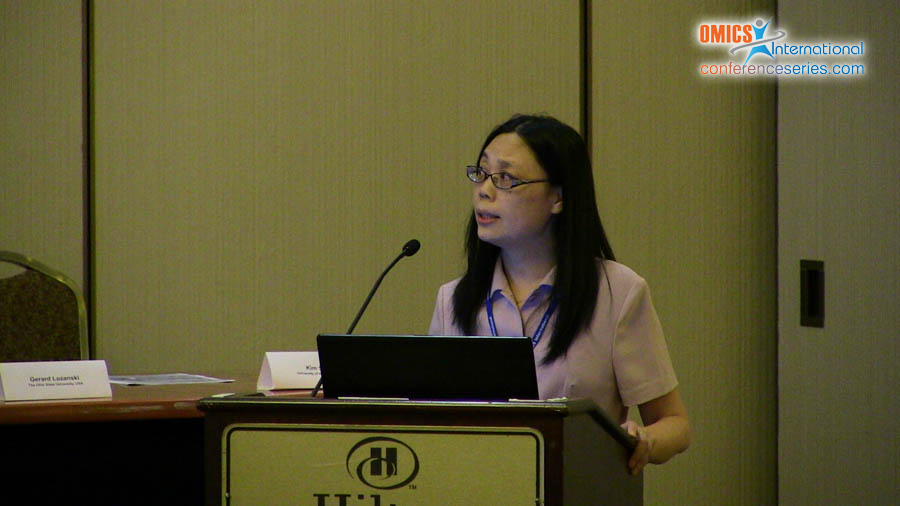
Wenqing Cao
University of Rochester School of Medicine and Dentistry, USA
Title: Ampullary tumors and tumor like lesions: Histological classification, diagnosis and treatment options
Biography
Biography: Wenqing Cao
Abstract
The ampulla of Vater is a complex region adjoined by three distinct anatomic structures: common bile duct, pancreatic duct and duodenum. This region is lined by mixed intestinal and pancretobiliary-type epithelium. Adenomas and adenocarcinomas are the predominant ampullary tumors. Endocrine tumors are rare, which comprise of benign carcinoids and malignant neuroendocrine carcinomas. Benign tumor like lesions constitute a heterogeneous group of entities that includes primary sclerosing cholangitis, recurrent pyogenic cholangitis, inflammatory myofibroblastic tumor, and recently recognized IgG4 related sclerosing cholangitis. Stricture and obstructive jaundice are the most common presentations in ampullary tumors and tumor like lesions. Despite the advances in imaging techniques, discriminating ampullary carcinoma from benign tumors and tumor like conditions is still challenging. Identifying IgG4 sclerosing cholangitis is particularly important as the disease is responsive to steroid treatment. Immunohistochemical stains can be helpful for histological diagnosis and staging but they have limitations. The current classification system for ampullary carcinoma has limited value of predicting prognosis. Recent studies have suggested histological differentiation (intestinal type vs pancreatic type) and sub-location (intra-AMP, AMP-ductal, peri-AMP-duodenal and AC-not otherwise specified) of ampullary carcinoma have prognostic significance. The treatment for benign tumors and tumor like lesions is mainly local resection. Pancreatoduodenectomy is the most appropriate resectional procedure for large adenomas and early stage ampullary carcinomas whereas stent or surgical palliation may be offered for late stage unrespectable cancers. Adjuvant or neoadjuvant chemotherapy may benefit a subset of ampullary carcinoma patients. In this talk, we describe ampullary tumors and tumor like lesions, and summarize different histological classification systems for ampullary carcinoma. We also address the challenges in discriminating malignant and benign ampullary lesions, and introduce the potential biomarkers for early diagnosis and prediction prognosis. In the meantime, the classical and emerging treatment approaches will be illustrated.

